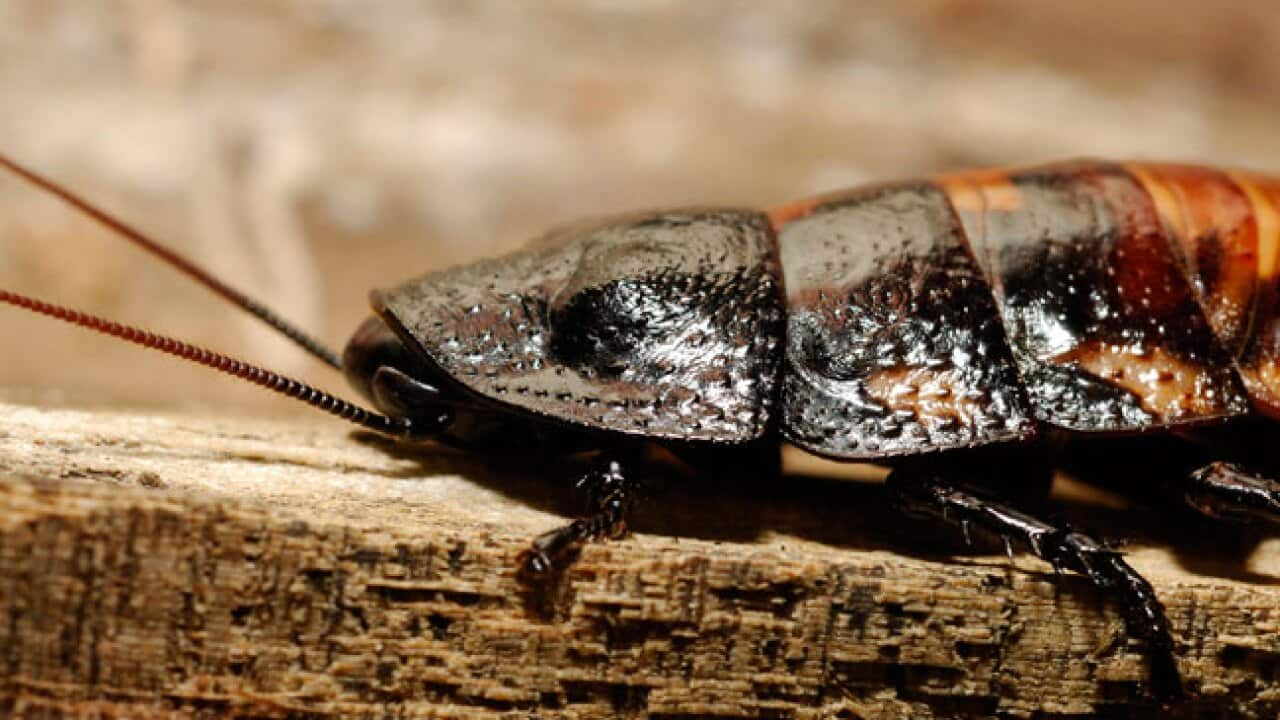North Carolina State University
An new electronic interface allows researchers to remotely control cockroaches.
Scientists have embedded electrodes into a cockroach's antennae and ganglia (neuron cluster), a lightweight chip with a wireless receiver on to it's back and microcontrollers to verify the delicate link between tissue and electrodes.
Pulses of 3-volts DC are then applied to the antennae making the cockroach believe a predator is approaching. This causes the cockroach to move away accordingly. Using this biological interface, the researchers have steered the cockroach along a curved line.
The scientists aim to create a mobile web of smart sensors that could be used to find survivors of natural and manmade disasters.


